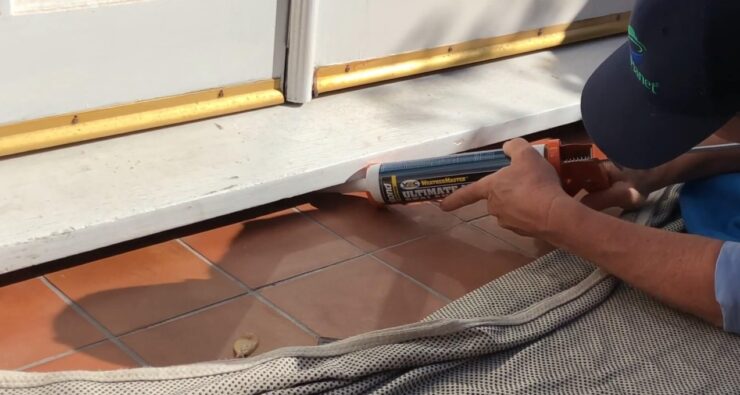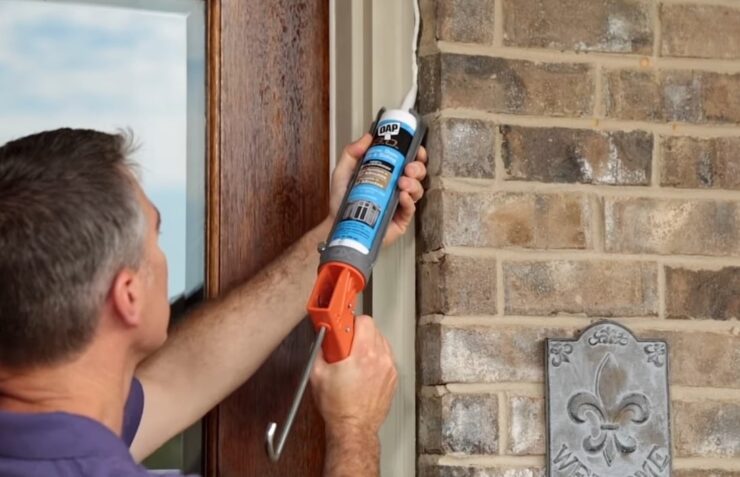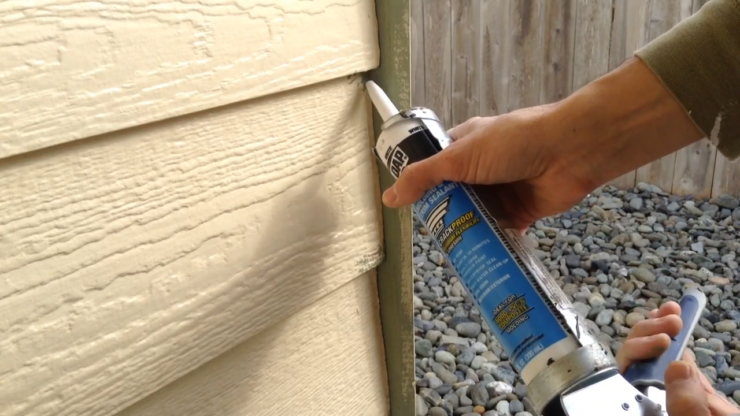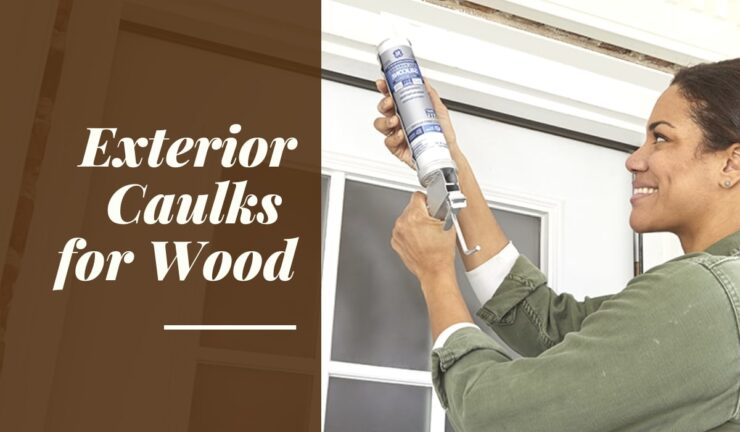Caulking is an important part of keeping the exterior of your home in good condition. It protects wood from moisture and helps keep out unwanted pests. But what kind of caulk should you use for wood?
With so many options on the market, it’s hard to determine which one is best for a particular application. That’s why we’ve done the research for you! In this article, we’ll review some of the best exterior caulks for wood in 2023. We’ll provide details on each caulk, such as their performance ratings and features, to help you make an informed decision. Read on to learn more!
What is Caulking?

Caulking is a sealant that helps to fill gaps and cracks in surfaces. It is typically used around doors and windows to help keep out drafts and moisture. There are many different types of caulking available, but not all are suitable for use on wood. Some exterior caulks are specifically designed for wood, while others can be used on both wood and other materials. When selecting a caulk for wood, it is important to consider the type of surface you will be caulking, the climate in your area, and the width of the gap or crack you need to fill.
Why Caulk Wood?
Caulking is an important part of maintaining the integrity of your home’s exterior. By filling in gaps and cracks, caulk prevents water damage and reduces air leakage. When selecting a caulk for wood, it’s important to choose one that will adhere well and resist cracking or peeling.
Silicone and acrylic latex caulks are both good choices for wood. Silicone ones form a waterproof seal and can withstand extreme temperatures. Acrylic latex caulks are also waterproof and provide a flexible seal that can accommodate small movements.
Best Exterior Caulks for Wood

There are many different types of exterior caulks available on the market, and it can be difficult to know which one is best for your woodworking project.
- Silicone: Silicone caulks are great for a variety of applications, including woodworking projects. They are easy to apply and provide a strong seal that will last for many years. However, they can be difficult to remove if they become damaged or need to be replaced.
- Latex: Latex ones are another popular option for exterior caulking projects. They are easy to apply and provide a durable seal that will resist weathering and UV rays. However, like silicone caulks, latex caulks can be difficult to remove once they have been applied.
- Acrylic: Acrylic caulks are a newer type of caulk that is becoming increasingly popular for exterior applications. They offer the same benefits as silicone and latex caulk but are much easier to remove if necessary.
How to Apply Exterior Caulk to Wood

Assuming you have already gathered your supplies, prepped the surface by removing any old caulk and debris, and have chosen the right caulk for the job, you are now ready to apply exterior caulk to the wood. Here is a step-by-step guide on how to do just that:
- Cut the tip of the caulk tube at a 45-degree angle with a sharp knife, making sure the opening is big enough for the bead size you desire.
- Insert the tube of caulk into a caulking gun and make sure it is securely in place.
- Apply even pressure to the trigger of the caulking gun as you move it along the joint you are caulking. Be sure to fill in any cracks or gaps completely.
- Use a wet finger or a putty knife to smooth out the bead of caulk before it dries. Wipe away any excess caulk with a damp cloth.
- Allow the caulk to dry completely before painting or staining the area.
Tips for Applying Exterior Caulk to Wood
- Start with a clean surface: Before you can apply caulk to wood, you need to make sure the surface is clean. Otherwise, the caulk won’t adhere properly and could cause problems down the road. Use a putty knife or other sharp object to remove any old caulk from the surface. You should also sand down the area to create a smooth surface for the new caulk.
- Choose the right type of caulk: There are many different types of caulk on the market, so it’s important to choose one that is designed for use on wood surfaces. You’ll also want to consider whether you need water-based or oil-based caulk. Water-based caulks are easier to work with and clean up, but they may not be as durable as oil-based caulks.
- Follow the directions: Once you’ve selected your caulk, be sure to read and follow the manufacturer’s instructions carefully. This will help ensure that you apply the caulk correctly and achieve the best results.
- Use painters’ tape: To get a straight line when applying caulk, use painters’ tape along the edge where you’ll be applying the caulking. This will help create a clean, professional look.
- Use a wet rag: After you’ve applied the caulking, use a wet rag to smooth it out and remove any excess caulking material.
- Clean up: Once you’re finished, be sure to clean up any excess caulk and dispose of it properly.
Conclusion
When it comes to protecting your wooden exterior from the elements, caulking is an excellent solution. We hope this article has helped you determine which type of caulk is best for wood in 2023. Whether you decide to go with a silicone-based caulk or one that contains latex, we can guarantee that the results will be impressive and long-lasting. No matter what type of caulk you choose, remember to follow all directions carefully and take time when applying it so that you get the most out of your purchase!

